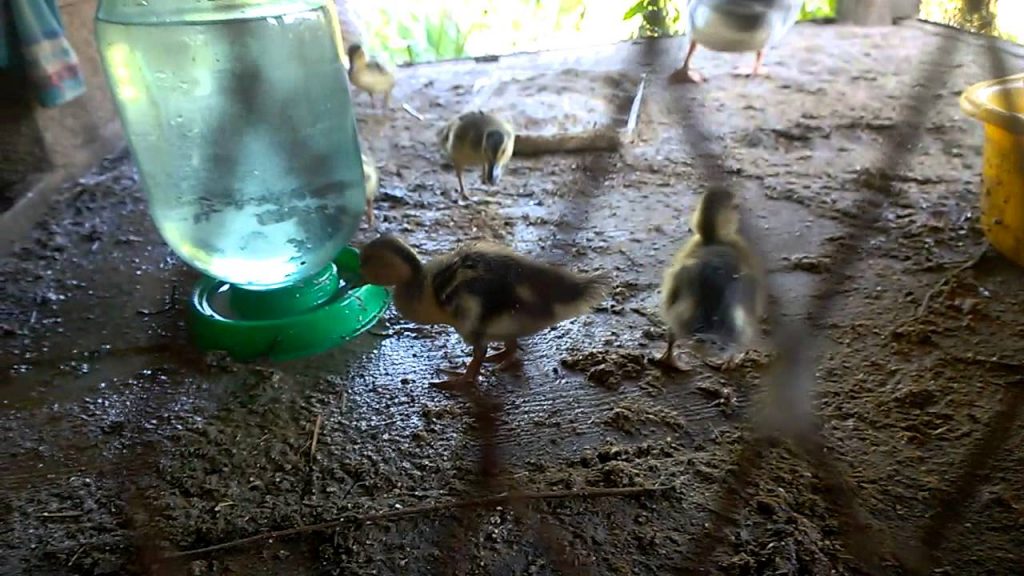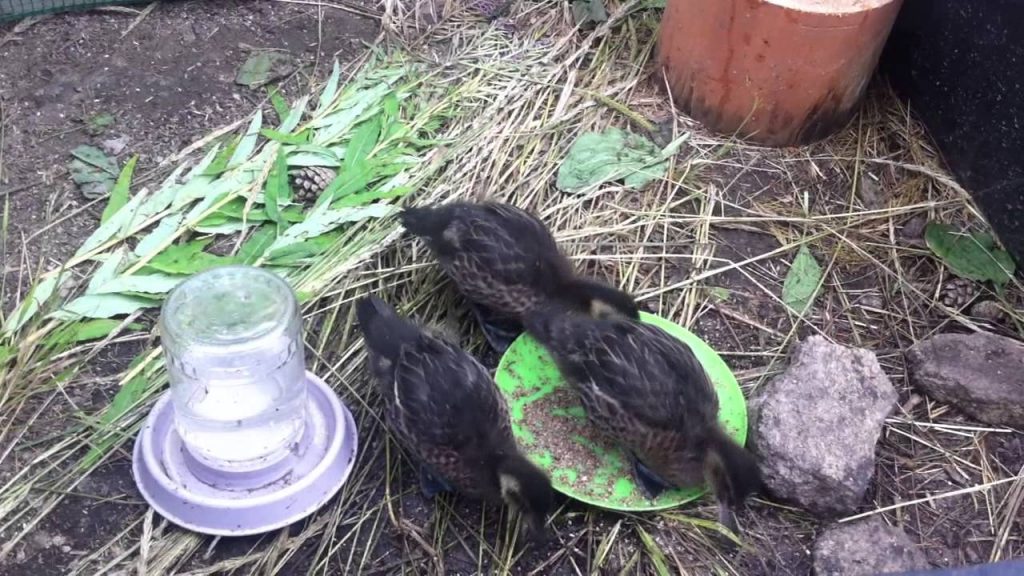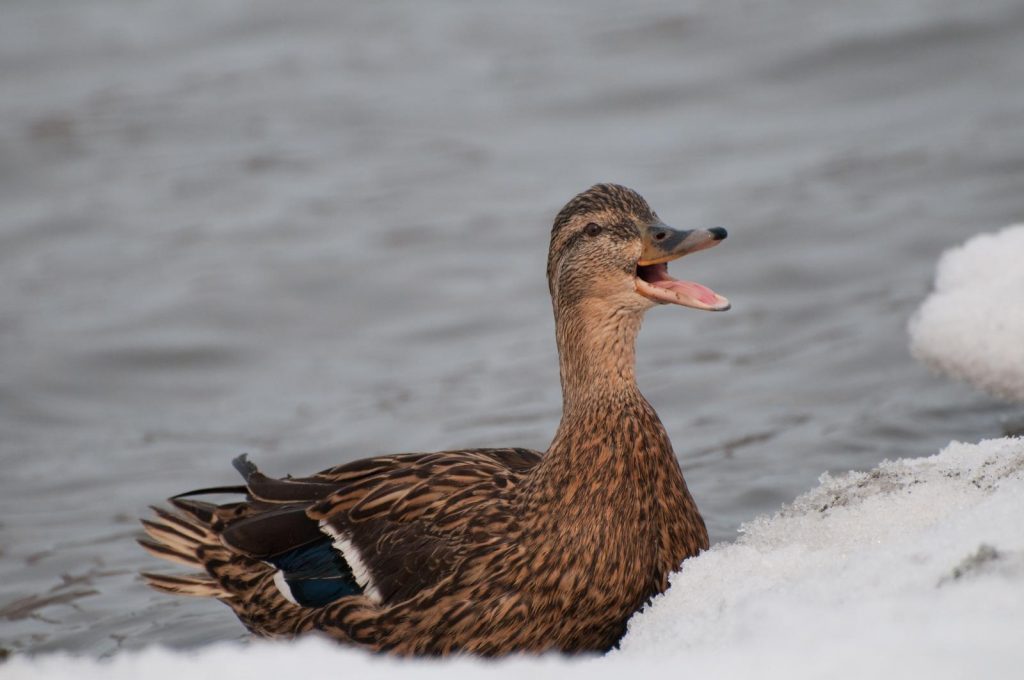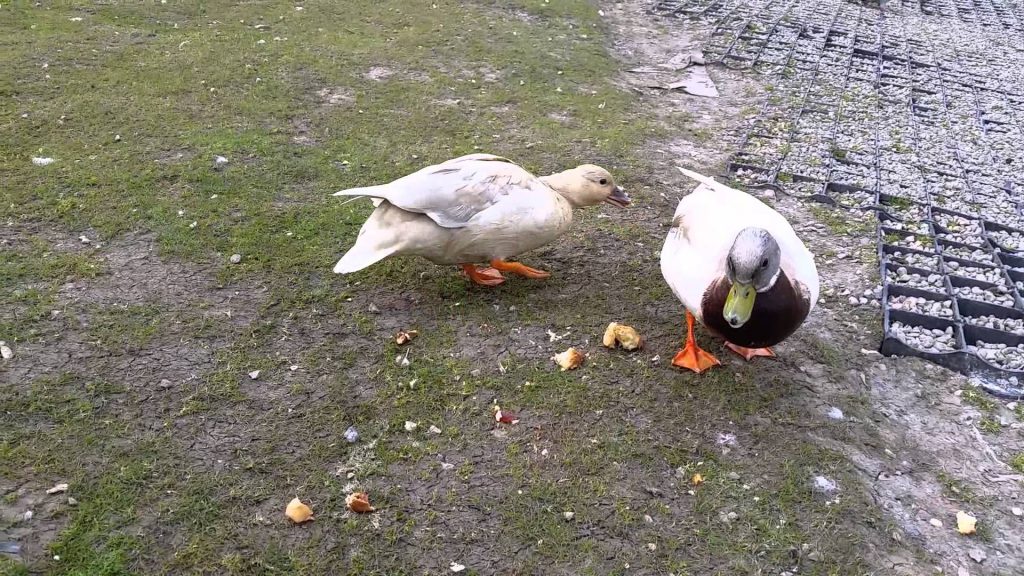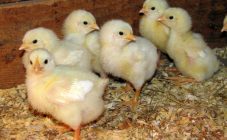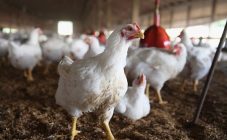Content:
Wild ducks at home breeding and care
Raising wild ducks at home can be a good business idea. Due to the fact that they are unpretentious in food, do not need special attention, they constantly lay eggs, they can bring a good and constant income to the farmer. It is up to the farmer himself to determine why to grow this bird. Feeding even a lot of heads will not pose any problems, since the duck is not very pretentious to food. The duck is a bird that is widespread in Russia, since it has dietary meat, does not require special conditions of detention, and is immune to many types of diseases.
The good thing about the wild duck is that it is adapted to a sharp change in temperature. To maintain it, you do not need to buy expensive heaters and fluorescent lamps. Chicks don't need incubators. The bird is used to living and breeding in the wild. The same conditions should be maintained for private breeding of untamed duck. For them, you can build a small brick shed with a walking paddock and a canopy under which the bird can hide from rain, snow or scorching sun rays. It is still easier to grow them in the warm season than during the frost period. Since in the warm season they spend most of the time in the immediate vicinity of water bodies, they also get their food there.
Duck meat is considered dietary, since it has a low content of animal fats. It contains a large amount of vitamins and minerals that are simply necessary for the human body. Duck liver has very useful properties. Of course, foie gras is made from the liver of ducks grown under special conditions. The liver of this duck breed can reach 500 grams. In wild ducks raised at home, this organ will not be so large, but the beneficial properties are present in it in full.
For raising wild ducks at home, a natural method is more suitable than a cellular one. In the cages, the bird will begin to mope. This depressive state can develop into illness. The natural way is considered more profitable. The bird lays more eggs, eats a sufficient amount of greenery, fishes in ponds, respectively, the cost of feed decreases, it gains weight better, which will bring greater profit when slaughtered.
When chicks hatch, it is recommended that they be kept warm. This can be done in a handicraft way: put a wooden box, sheathed with foam or other insulation, on a container with hot water. Small ducklings are placed in the box. It is most convenient to raise chicks in the spring. It is in the spring that little ducklings can be fed with their usual products. In the spring, there is no need to additionally insulate the location of the ducklings. It will be enough just to protect them from through winds.
Ducks can also incubate other people's chicks who, for some reason, are orphans. The duck will safely feed and raise other people's cubs, without dividing the chicks into relatives and non-relatives. If you feed wild ducklings in the same way as domestic ones, their meat will not differ. Wild ducklings that eat in the wild have a slightly tougher meat.
Feeding wild ducklings
Regardless of the season, ducks have a need for fluid. That is, there should always be clean water in the sippy cup. It is recommended to change it once or twice a day. This is done in order to prevent a variety of diseases, as they can be transmitted through water.
In summer, ducks have an increased need for fresh greens and fish products.
In the first week of life, young chicks should be fed once every three hours. How to feed wild ducklings at home?
The diet of young ducklings may include:
- Barley;
- Shredded grain;
- Chopped boiled eggs;
- Nettle greens:
- Clover greens;
- Legumes;
- A piece of chalk:
- Salt;
- Shredded seashells;
- Fish fat;
- Feed containing fermented milk products, etc.
When the duckling reaches the age of one month, he switches to three meals a day. At this age, the diet of ducklings can include food waste, greens from reservoirs, carrot and potato tops.
There are products that are forbidden to be consumed by ducks, such as: bread, spoiled food. These products are capable of causing fermentation processes in the body of the bird, respectively, the risk of infections, diarrhea, and poisoning increases. Also, ducks do not perceive food that contains a high sugar content or various chemical constituents. Eating such products can end up very badly for a duck.
In order for wild ducks to produce eggs, they must be fed with their usual food. How to feed wild ducklings? Most often, this is a grass that grows in water bodies. If it is not possible to add algae to the diet, then you can purchase food in specialized stores that are intended specifically for wild breeds. They contain all the vitamin composition that ducks are accustomed to in the wild.
In order for the bird to return to its home in the evening, you need to accustom it to evening feeding. The ducks develop a reflex that at a certain time, in a certain place, they will receive tasty food, so after a walk, they will return home on their own.
Young ducklings do not eat too much. But a farmer who decides to start breeding wild ducks at home should pay special attention to nutrition. With an unbalanced diet or lack of vitamins and nutrients, the ducklings start to get sick. The first sign of poor nutrition is weak lower limbs. As soon as this symptom becomes noticeable, chicks should be immediately fed with vitamins.
Decoy duck
Wild ducks spend a lot of time in the water. There are many signs associated with quacking of these birds, it is on water bodies. For the most part, they predict large monetary gains. Small chicks should not be left in open water for a long time, as there is a high risk of catching a cold. The best option would be to place a large container of water in a place where the ducks family lives.
Upon reaching the age of one month, wild ducks should be released into the open water gradually. In the first week, 3 hours a day will be enough.
Ducks, like other poultry and wild birds, are susceptible to disease. By following the proper care and quality of the food consumed by captive ducks, many diseases can be avoided.
The place where the ducklings live must be kept clean and disinfected at least once a week, as well as treat the walls and floor with insect repellent.This procedure can prevent some serious infectious diseases.
There is a species of bird that is specially raised to attract males to the herd. Such ducks are called decoy ducks. A decoy duck is exclusively a female, therefore, she attracts only drakes. Males who are nearby flock to her voice to mate. This is how hunters catch them. Most often, the mallard is a decoy. For drakes, her appearance is important. She should have brown eyes, the plumage should be brown, the beak should be golden with a black ending, a high rib cage, the correct curve of the back. She must also be healthy, since the male will not mate with a sick female, due to the birth of unhealthy offspring. The timbre of the voice plays an important role. Males will ignore the high and clear voice. But a slight hoarseness will interest the drake. The ideal age is 4 to 9 months. It should also be borne in mind that a good decoy duck is extremely talkative. It is sold in nurseries. There are people who breed decoy birds. When choosing, it is recommended to pay attention to mobility and aggressiveness. The best will be the one with these qualities at their best. You can also grow decoy ducks yourself at home. This business will also bring good profit. Breeding decoy ducks does not require much effort.
In the summer season, the decoy duck needs two meals a day. In winter, the number of meals should be doubled. By mid-spring, the amount of food is reduced so as not to feed it, since an overfed bird will not vigorously call a drake to itself.
It's easy to tame a decoy duck. It will take some time for her to get used to a person, then she needs to be hand-fed, to be present when she swims in a pond. At first, in order to tame it, it should be taken more often in your arms. Even a novice hunter can handle this.
Tips for keeping wild ducks
On the 70th day of life, the male duck begins to molt, therefore, for the convenience of butchering the carcass, it is recommended to slaughter him before the molt period. And the drake meat, after reaching the age of 2.5 months, has nowhere to do, as it becomes tough. This should be done so that later it would be easy to pluck the carcass.
There are several plucking processes. But in order to successfully sell duck meat, you should know the nuances of each method. The first method is called hot. It is ideal for those who are going to immediately prepare a poultry dish and eat it. The fact is that with this method of plucking, due to the high temperature of exposure to the feather, the skin and meat may slightly change color. It is not recommended to freeze even slightly smoked meat. It should be eaten immediately. The second method is called dry. It is more suitable when the meat needs to be frozen or kept in the refrigerator for a while.
